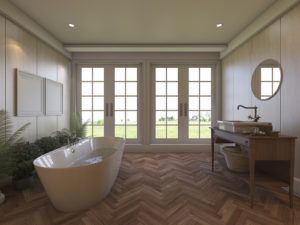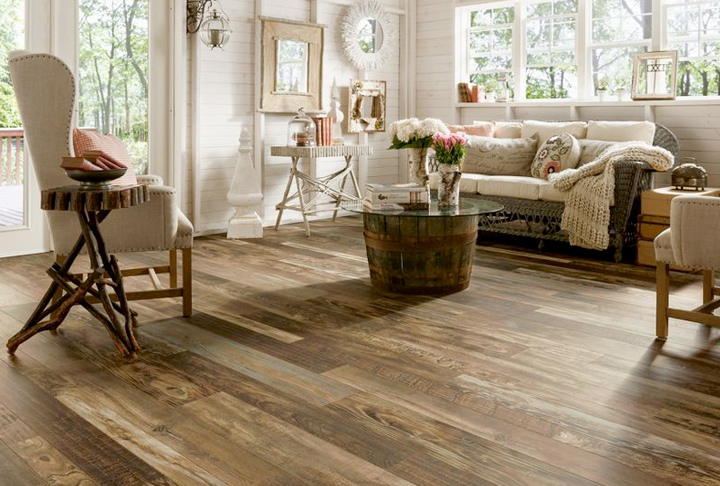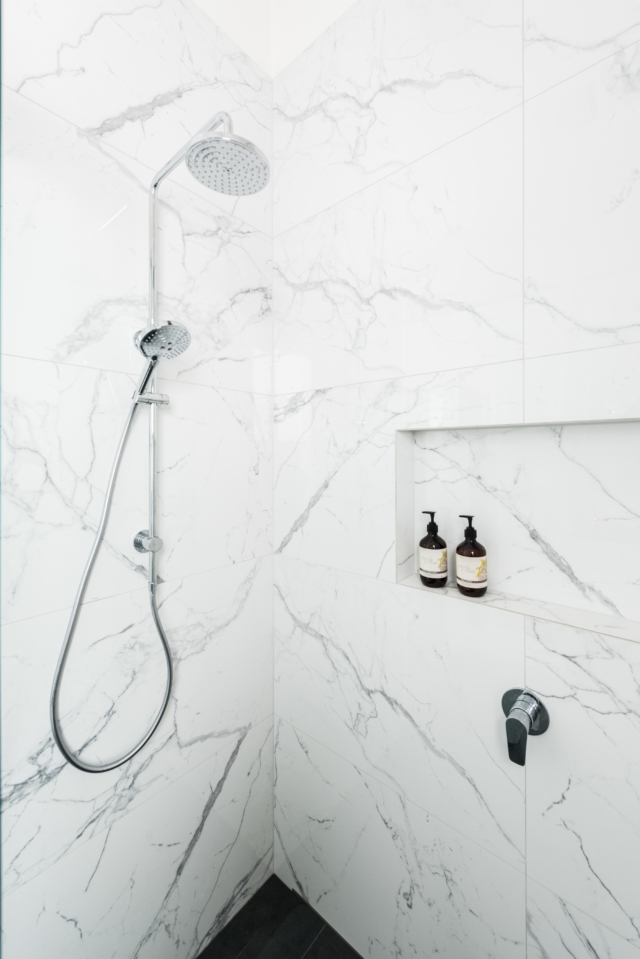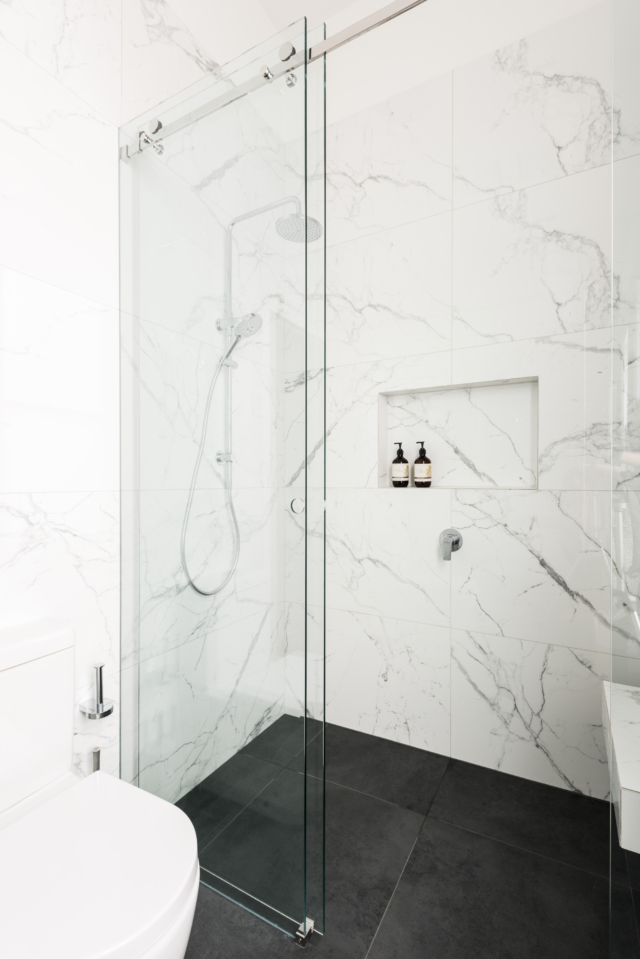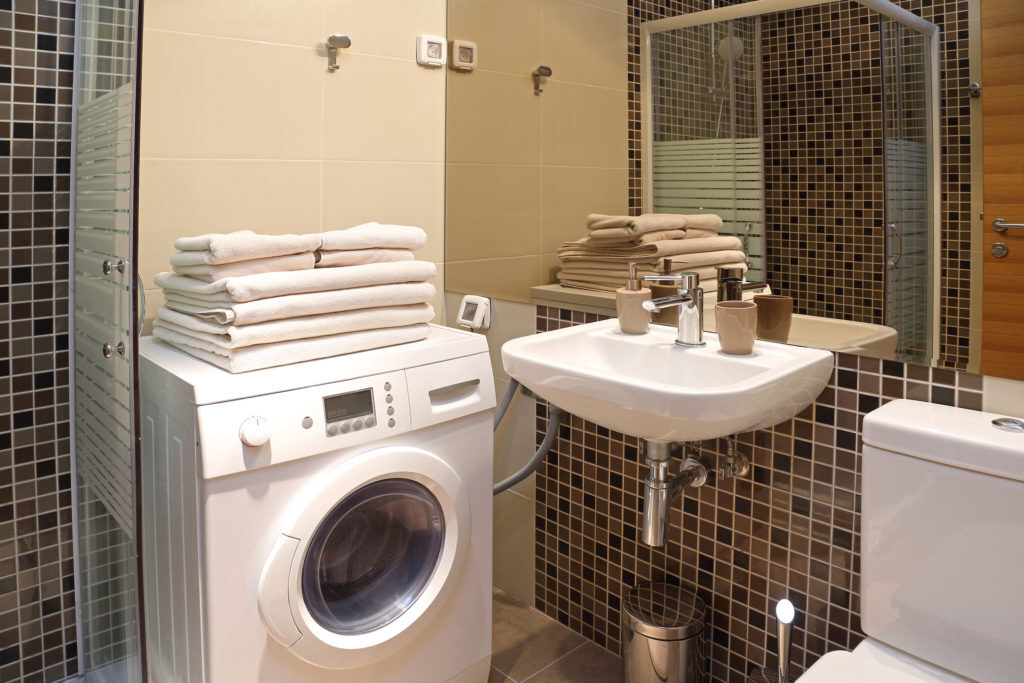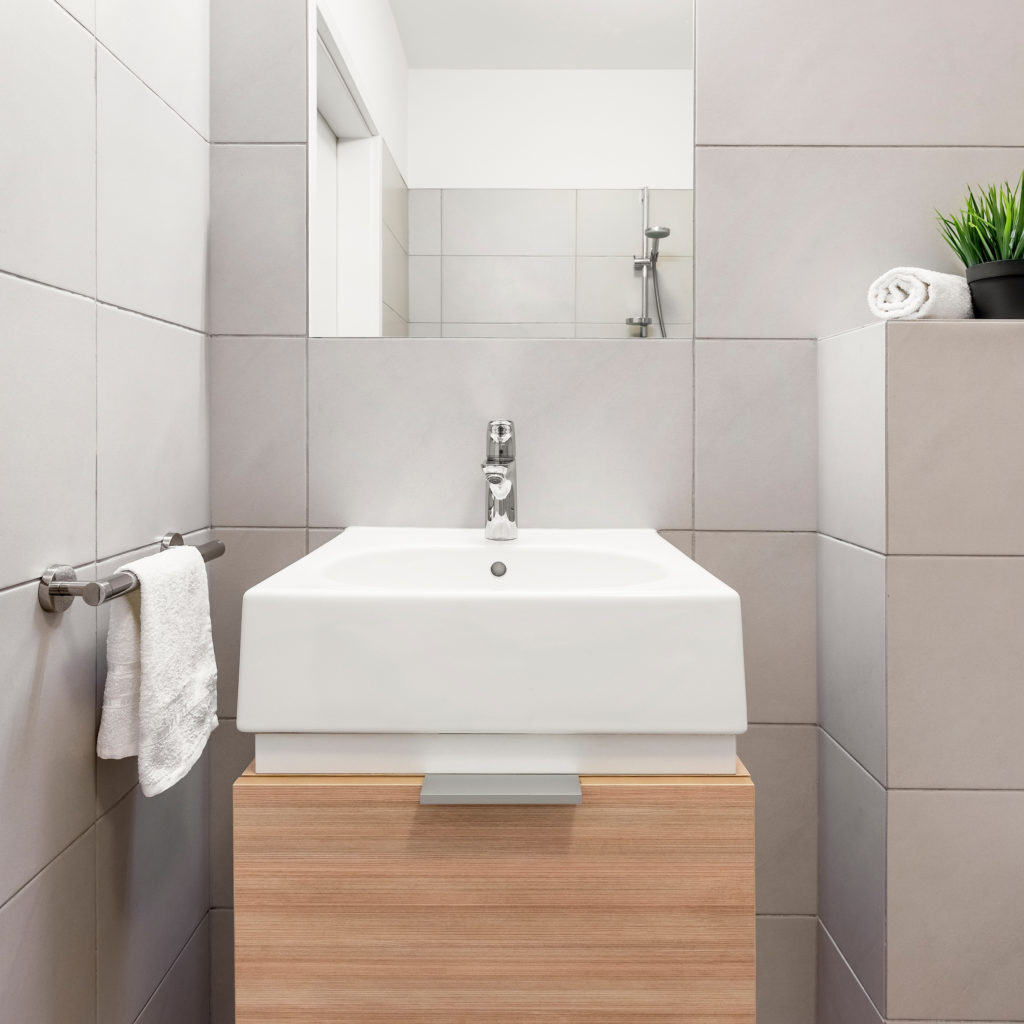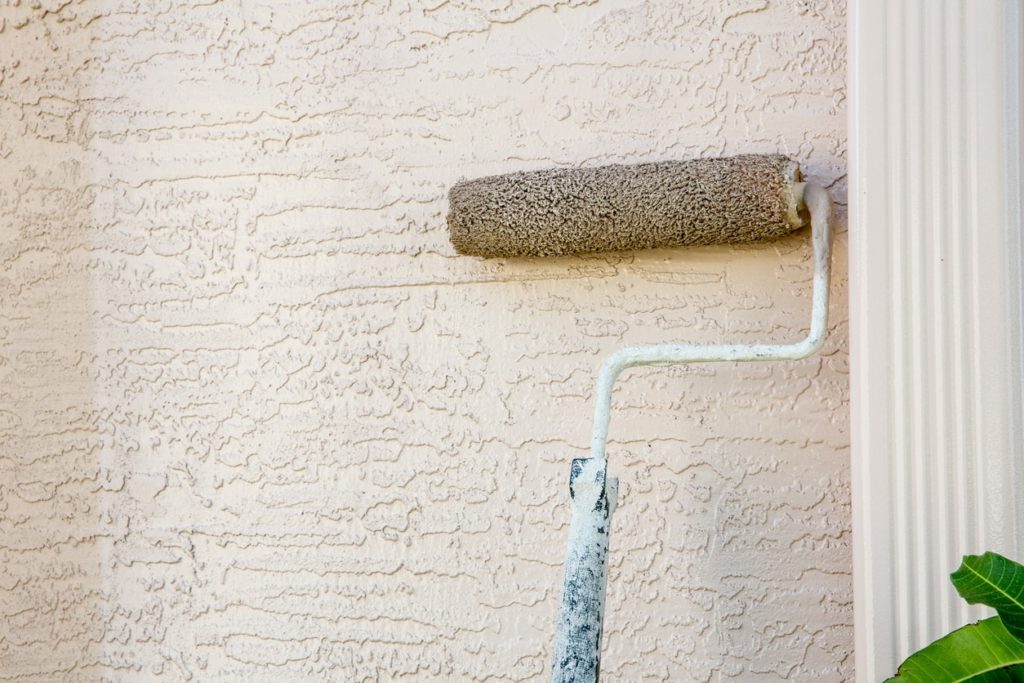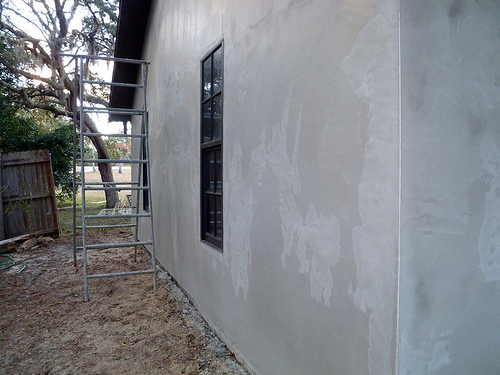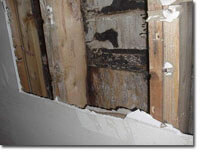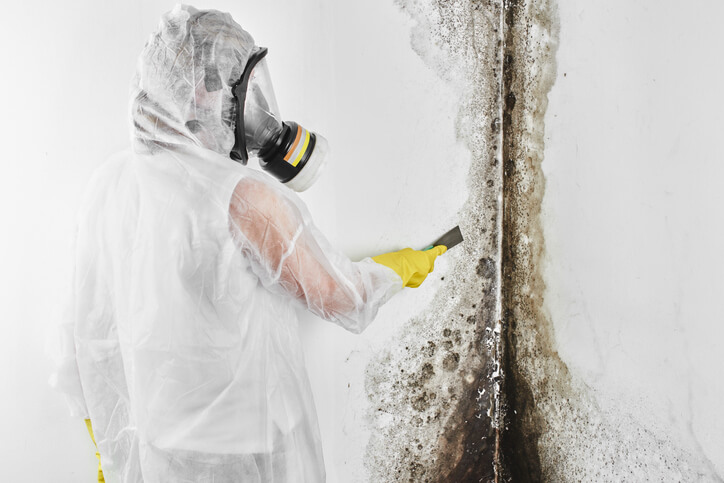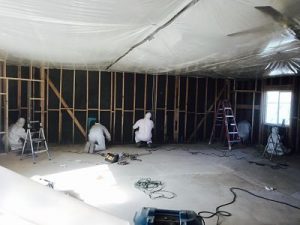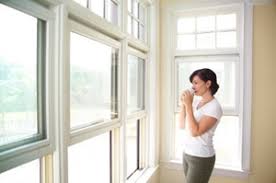What are the best things to consider while constructing new home
Answering from a Middle Class point of view. All points made below are from my own experience.
Disclaimer
(Negative shade) : You will see a lot of dandha in every nook and corners (mainly in materials purchase) while building the house.
(Positive shade) : You generate a lot of job to many people and thus by many ways you add to the development of country.
So things you need to know to save money and build a quality house are as follows:
Always go for labour contract than material contract (Unless you are really busy or if your site is far away from the construction building). You can save 15–25% of your budget by doing this.
PLANNING PHASE
If labour contract then be ready with the contacts of builder, carpenter, plumber, electrician, painter. If you get some good reference then good, otherwise plan a trip to their older and on-going projects for the sake of understanding the genuinity and construction quality.
Have a plan, do multiple revisions by speaking to family members on their needs, visiting some good homes, or now a days lot of good building are showcased online (you find many good houses in YouTube channels like eBangaloreProperty and many)
Get the plan done by related engineers . Talk to them as they can provide expert opinions on basic vastu and they can redesign to have more space with less walls, also beam and pillar positions can be discussed. (Planning is must for loan approval). Get it approved from local administration body (like BBMP)
Get 2D and 3D plan for the plan (When you visualize your home, believe me you will get a better clarity). If you have time, you can do it by yourself on websites like Free 3D Home Planner | Design a House Online: Planner5D and many such websites.
(Take more time in this step) Your most of the budget goes on Steel, Cement, stones, wood and bricks so plan your vendor pre-hand. You can visit MART – Manufacturers Suppliers Exporters Directory, Exporter Manufacturer , I really found some good sellers there, you will also get some basic idea on prices of all the materials over there. You can save a lot but doing proper research and bargaining here.
If you are planning for borewell then nothing to worry about water, otherwise make a deal with water supplier (water tanker or lender) pre-hand.
Have a rough estimation in hand, allocate budget. Something like:
Labour cost would be around 1/5th the budget
Kitchen with modular style would be 1.5-2L
Plumbing 1–2L
Painting 1–2L
Flooring 3–4L (Use vetrified tiles for flooring over marble/ granite)
Wood (doors and windows) ~3L (Aluminium windows are preferred as they are cheaper, better and save space)
Gates/ Steel Grill -1L INR
Go for Materials like M-Sand for construction, P-Sand for plastering and hollow block bricks which are better and cheaper.
Steel can be of any company as long as it bears ISI sign. Same goes with cement too. Mostly the well known companies are costly just because they spend on advertising it. Use 53grade cement for pillar and slab while 43 grade/PPC for wall construction.
CONSTRUCTION PHASE
Try visiting the site atleast once a day.
Setup camera on the site by renting out construction site cameras (they are costly but you will be relieved to see proper amount of bricks being unloaded, can monitor people working, also keeps place secure) or setup a temporary shed and hire a watchman. If you are staying closer or planning to move near the site then you can avoid camera and watchman.
Curing cement wall is a very important process, if you are doing it then do it atleast twice a day and be generous in watering the walls, as it is must in order to prevent cracks on the wall.
Always buy cement in bulk(wholesale) as they are 15–20 cheaper.
Do lot of research before purchasing bath fittings, electric wires etc. I found some deals cheaper than online (amazon / flipkart) prices.
Go for ready made doors as they are cheap and durable.

First Time Building a Custom Home?
As an industry-leading custom “on your lot” home builder, it’s important to understand everything that goes into the custom home building process. Because we custom build each home “one at a time”, you can be assured that you will receive personalized attention throughout the process.
offer a stress-free way to build custom on your land.
have worked with first-time homebuyers those who are building their first home, families of all shapes and sizes, people who have lived in more houses than they can count, and everything in between. As an “on your lot” builder, we go above and beyond in every case and bring the same level of knowledge, expertise, care and devotion to each and every home we build
When we team with you to build a custom home, we take the stress out of the process by walking with you during each step. We are tirelessly devoted to getting the home right, each and every time. We have a 500-point proprietary inspection list that is completed on every home. Each point correlates to a single item in your home that will be thoroughly reviewed and compared against our construction standards to make sure every home is completed with our high standards so that nothing falls through the cracks.
work with you to find your dream home by looking through our floorplans (or reviewing a plan you already have), discussing the lot that the home will be built on and understanding your needs for the home. We have floorplans ranging from $115,000 – $400,000. This all starts with a one-on-one consultation with one of our building experts.
During the meeting, after we’ve settled on a floorplan, we’ll discuss the changes you want to make. This is where the “custom” part of the process comes into play. After all, it’s your dream home.
How to Negotiate the Best Deal with a Builder
If you’re in the market to buy a home, but aren’t sold on the idea of living in someone else’s, then a new build home might be the right choice for you. But before you sign on the dotted line, you should know that purchasing a new construction home has both its pros and cons, especially when it comes to negotiating the best deal.
When buying a new home from a builder, it can be tough to get them to budge on price. Builders are hyper-aware of their bottom line—after all, they are in it to make a profit. You’ll find that most builders are very resistant to lowering the price, and will often refuse to negotiate on the base price except in certain circumstances (more on that later). Even still, there are a few ways you can make the deal a little sweeter for you.
Know the Builder’s Incentives
Just as you would if you were buying an existing home, it’s important you understand the seller’s motivation. The same goes with builders. The largest incentive a builder has is to make a profit. To do that, they need to maximize the price point of their properties, which is why they’re often reluctant to reduce the price.
Shop Around for Financing
When you’re looking to finance the purchase of your new build home, you may be tempted to work with the builder’s preferred lender. Production builders typically have a preferred lender they like to work with or they may even have their own mortgage company. To incentivize you to work with them, they’ll often offer incentives to buyers. In other words, they try to make it more expensive for you to not use them.
Although it may seem like a no-brainer to use the preferred lender, take a closer look at the terms they’re offering. Preferred lenders will often offer a credit at closing, but they don’t always offer the best mortgage rates or terms. And as a buyer, it’s in your best interest to shop around for better rates with lower origination costs. Origination costs are the costs you’ll pay for obtaining a loan. Typically, banks will charge 1-2%, but if you work with the builder’s preferred lender, you’ll likely get a discount on these costs.

Building a Home? How Do You Even Begin?
For many house hunters, purchasing an existing home is a fine option. And in most markets, there are plenty of options to choose from, so you’re bound to find one or two that fit your needs quite well. But what if you have something really specific in mind? Or, what if you’re just not finding anything in the local market that fits the bill? Well, it just may end up being the case that you’ll need to build your own home.
Make a Home Building List
To start with, you’ll want to make a list of your goals. Where do you want your home to be built? Which design features are must-haves, and which are optional, should your budget allow for them? By separating needs from wants and prioritizing the most important aspects of your new home, you’ll gain clarity, and you’ll be better able to explain your needs to your architect
Buy Some Land
To build a home, you’ll first need a place to put it. Check out local real estate listings for desirable lots that suit your needs. If you live in an urban area where available land is hard to find, you may be able to purchase a dilapidated home that happens to occupy a suitable lot.
Plan Your Home’s Layout
For now, go wild. Get out some drafting paper or a 3D Drawing program like SketchUp. Design your dream home, from floor plans to exterior finish. You might have to compromise on some of the items on your wish list later, but this exercise will help you define your vision for the ideal home.
Your architect will help you refine your vision into an actionable blueprint. Your builder will supervise the construction of the home, and will handle cost breakdown and deal with any subcontracting issues that may arise. Hiring a builder costs money, but it certainly makes the process of building your own home easier to deal with. If you’re feeling particularly ambitious, you can choose to act as your own builder. You’ll need to manage your costs carefully, and there’s always the risk that you’ll have to deal with unscrupulous contractors.
Routine Maintenance – How To Care For Your New Home
Now that the boxes are unpacked, the pictures are on the wall and the furniture is arranged just the way you want it, it’s time to start thinking about how you will keep your home in tip-top condition.
Just like a car, a home requires regular maintenance to ensure that everything continues functioning just as it should. Those periodic maintenance checks are key to preventing small problems from turning into big disasters.
Don’t make the mistake of assuming that any problems you have with your home will be covered by the warranty from your builder if you haven’t been handling routine maintenance tasks. Most builder warranties apply to workmanship and materials, not to problems that arise because you haven’t been maintaining your home properly.
For example, if your roof begins to leak six months after you move in because it wasn’t built properly, your warranty should cover that. But if you develop a problem because water has backed up in your clogged gutters, the responsibility is yours – not the builder’s.
One way to be sure you know what is your responsibility to maintain and what the builder or manufacturer is responsible for is to read your warranty. No, it’s not exactly exciting reading material, but it could save you a lot of money and headaches in the long run.

